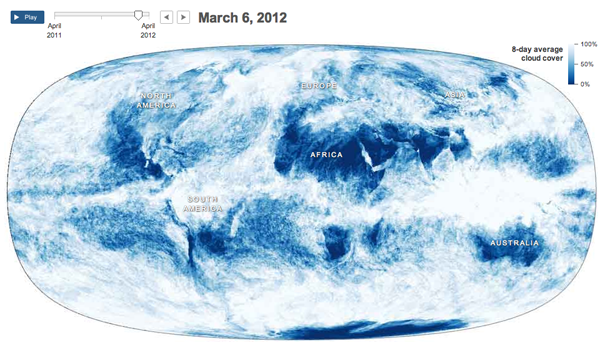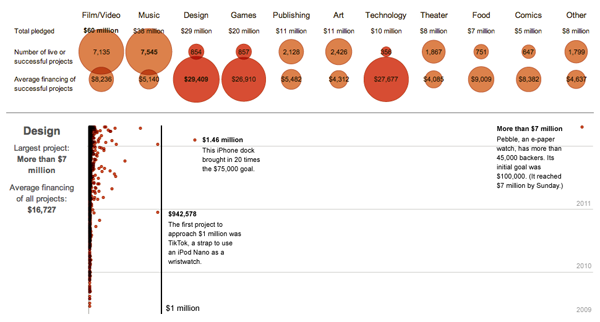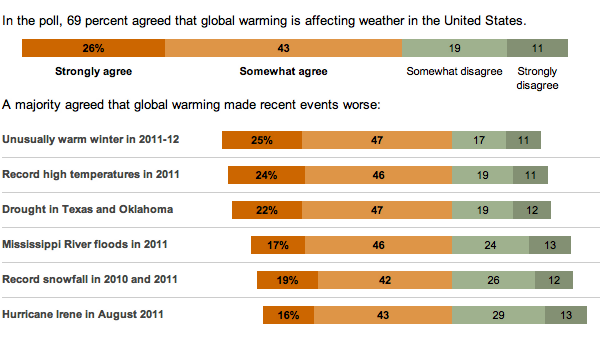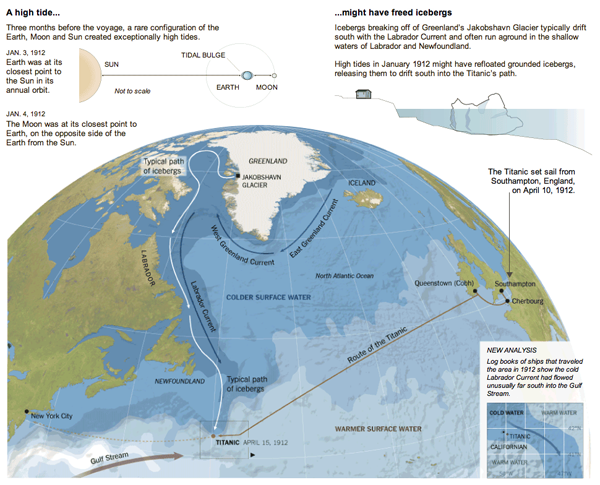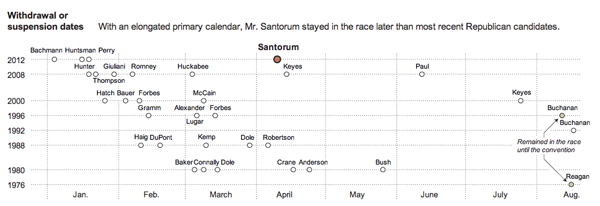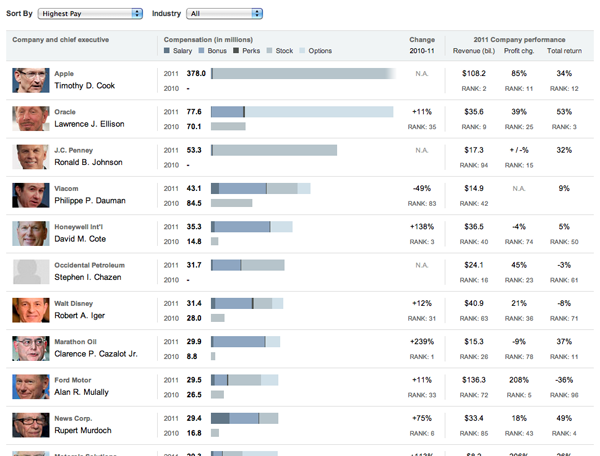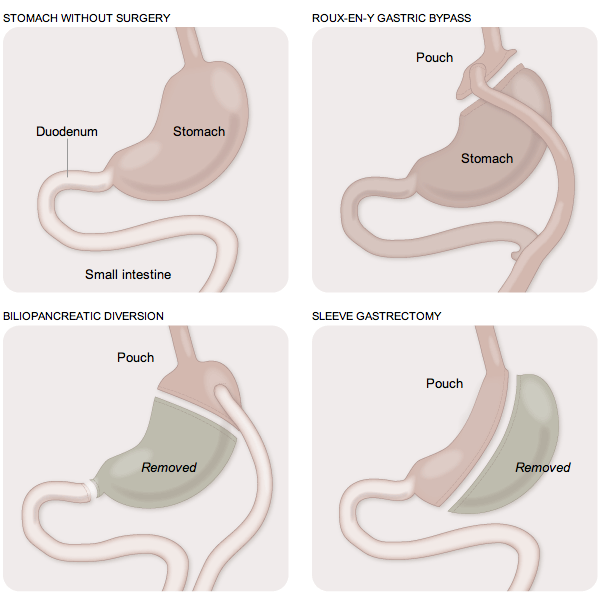This weekend the New York Times looked at segregation in New York City schools by mapping the least (and most) diverse and offering quick comparisons to other large cities. (Is it really a surprise that the country’s largest cities also would need the largest demographic shifts to create diverse education environments?) Probably the best thing, seemingly as always, in the piece is the annotations that provide stories and context and explain the outliers that are all otherwise visualised in the infographic.
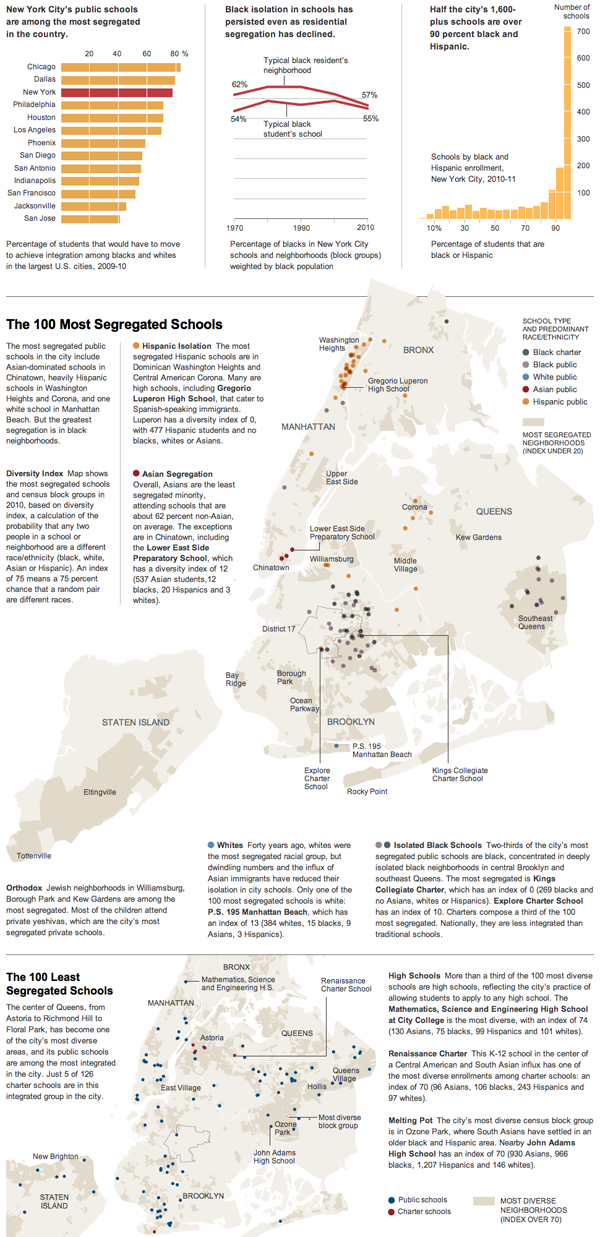
Credit for the piece goes to Ford Fessenden.


